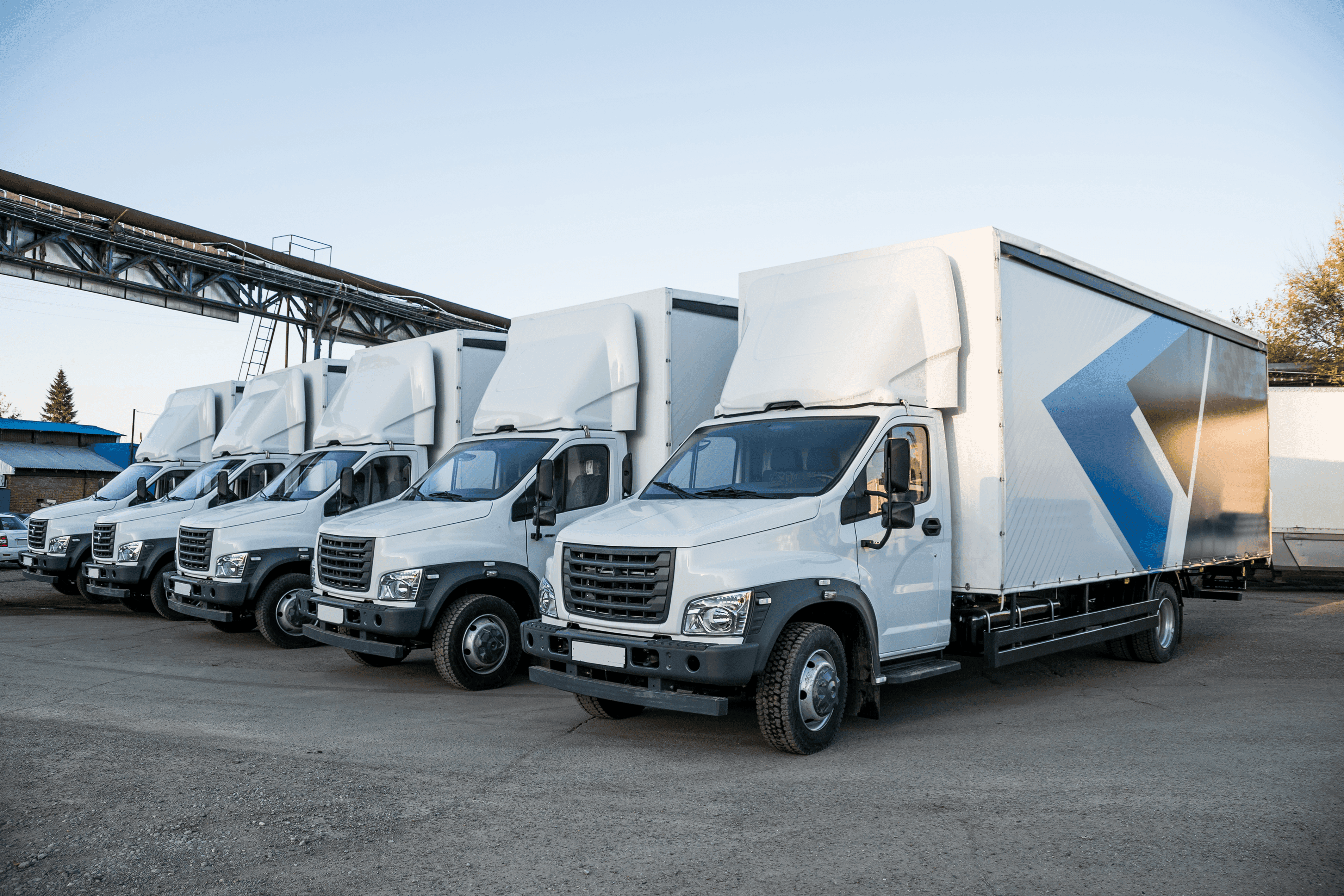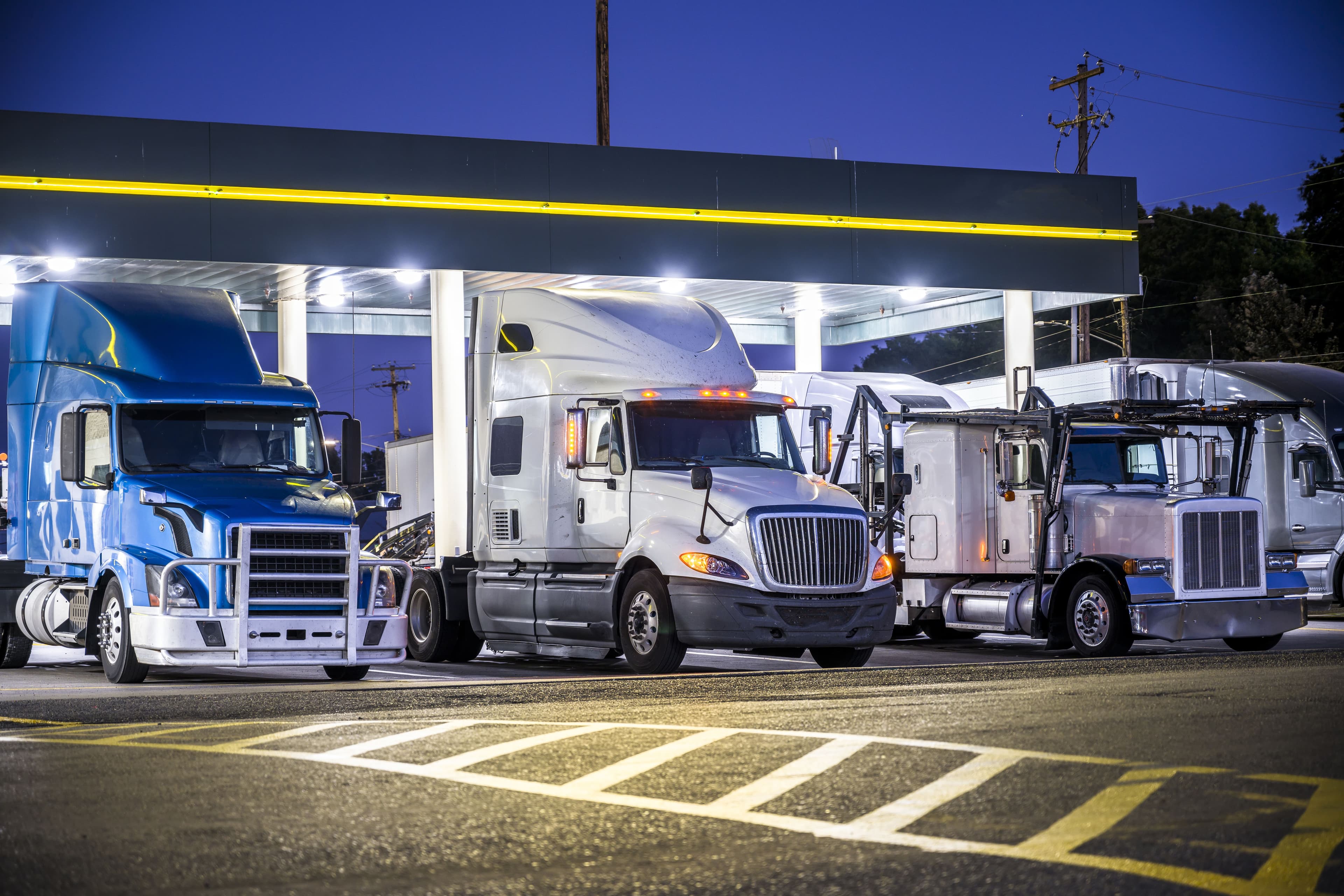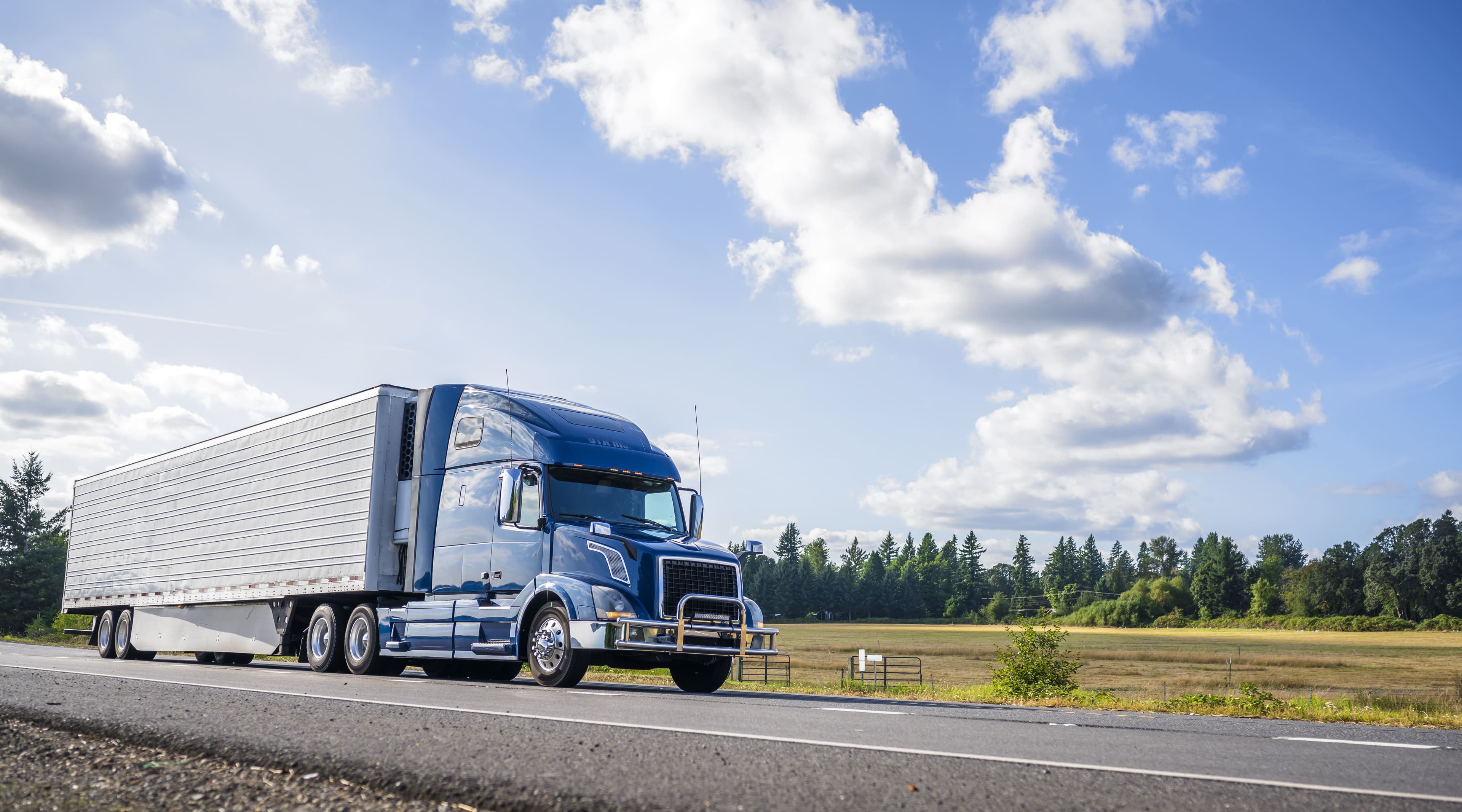Breakthrough’s Capac-ID Methodology

Trending
Top Posts
6 min read
October 2, 2020

Share:
Table of contents
Browse the table of contents to jump straight to the part you’re looking for
The beginning of a new decade brought with it a surge of climate sustainability ambitions. Many corporations have announced plans of carbon neutrality in the years or decades ahead, with the inclusion of all emission scopes and all sectors of the supply chain.
The fall of fossil fuel prices during the COVID-19 pandemic complicates the low carbon transition—with cost and economic feasibility consistently ranking as the top challenge for alternative energy. Despite the obstacles 2020 brought, the move for environmental sustainability will continue to be a hard trend in 2021 and beyond.
Carbon neutrality goals are becoming a new norm across manufacturers, retailers, and many other sectors (including traditional energy companies). These ambitions are being touted by c-suites, corporate investors, and by internal sustainability teams. The economic downturn tied to the COVID-19 pandemic brought varying impacts to different sectors, but the focus on sustainability appears to be constant.
Read about the transportation sector’s role in net-zero carbon emissions plans, here.

Transportation professionals have long been held to metrics on cost and service to move goods to market. The cost component of this will continue to create challenges for implementing alternative energy sources of the future in 2021 due to lower fossil fuel cost environment. However, sustainability metrics will become increasingly present—especially within leading sustainability companies—to bring emissions into sourcing decisions alongside cost and service.
Standard sustainability targets of the past were largely based on tailpipe (or operational) emissions. The recent sustainability push has moved objectives beyond the tailpipe to include full lifecycle emissions. This approach considers how the energy is sourced and produced as well as its tailpipe impact. The move to lifecycle emissions definitely creates complexity, but it also brings greater choice and opportunity for shippers creating more sustainable supply chains.

The new attention focused on lifecycle emissions has increased the number of renewably-sourced energy options. Fuel types like biodiesel, renewable diesel, and renewable natural gas are just a few examples of low carbon alternatives that are growing in the marketplace. Better access and visibility to how energy is sourced is enabling better control and creating bigger emissions reductions for shippers, ultimately bringing more sustainability bang for the buck.
As 2020 is quickly coming to a close, 2021 is promising a new generation of technologies that will not only further complicate sustainability strategies, but provide new opportunities. A lot of hype has been generated for battery-electric vehicles (BEV) and hydrogen fuel cell electric vehicles (FCEV).
These technologies represent zero-tailpipe emission vehicles, which will meet even the most stringent local air quality policies. Electricity and hydrogen sourcing will become paramount. This represents another opportunity for growing the renewable energy industry to incorporate as a major sustainability strategy in future transportation plans.
The shift from a disruptors-centric space, to traditional vehicle manufacturers signals a hard trend for sustainability in the coming hears. Industry disruptors, like BYD and Tesla, made waves by announcing next generation commercial vehicles that support a low carbon transition.
But in recent years, industry mainstays—like Daimler, PACCAR, and Volvo—have all announced plans for BEV and FCEV offerings to meet evolving customer energy demand. When these mainstream companies show support for the low-carbon transition, it can indicate their expectation that these technologies are becoming more in line with future expectations, regardless of the current fossil fuel price downturn.
Read about Nikola Motor Companies perspective on the future of alternative energy, including BEV and HFCEV technology, here.
The recent economic downturn may bring challenges for startup companies in this space—especially those with low cash flow. Their ideas and technological advancements will likely live on through mergers and acquisitions. Staying informed about the progress of individual companies can point to shifts in the market. Who are the new players entering the market, and ultimately who is the right partner to move forward can hinge on the advancement of the playing field.
2021 is unlikely to be the year where next generation commercial vehicles technologies hit commercialization, but it will be a year of continued progress for both vehicle cost and performance. It may even be an opportunity for a growing number of pilots for BEV and FCEV units in goods movements.
Corporations find themselves in an interesting position: at the starting line of ambitious sustainability targets with challenges of cost, performance, and availability for tomorrow’s low carbon technologies. In 2021, it is important for shippers to find targeted alternative strategies that can begin work today while also setting up the relationships and potential pilots with the technologies of tomorrow.
Today, there are some low carbon technologies that are cost competitive with fossil fuels. One example is compressed natural gas (CNG) trucks that use RNG, another would be biodiesel that is blended into fossil diesel in today’s traditional trucks. Companies that create collaborative relationships with energy providers, vehicle manufacturers, and other key stakeholders can set strategies to maximize the economic and environmental benefits of these technologies.
Relationships with energy providers and vehicle manufacturers that have next generation technology ambitions can help make better-informed decisions for the future. It can be difficult to predict who exactly will be the winners and losers of the low carbon transition, but the trend toward sustainability is strong. Engaging with multiple companies can help formulate your expectations of future technologies, and it will increase the chances that you forge a foundational relationship with winning low carbon technologies in the long term.
Evolving national and regional policy can bring on-cost for conventional fuels and incentive for switching to alternatives. The best example of this is found in California, where the Low Carbon Fuel Standard (LCFS) and Cap-and-Trade program bring significant expense for gasoline and diesel and the largest incentive for both alternative vehicles and low-carbon fuels. Creating visibility to these evolving programs is paramount, as all to often these benefits are lost if not brought into discussions.
How should shippers prepare for 2021’s future outlook on alternative energy? A few keys steps will help organizations create competitive advantage surrounding their sustainability initiatives.
Breakthrough continues to work with shippers to reduce cost, consumption, and emissions within their supply chain. We continue to work with transportation and sustainability professionals within the shipper community as well as transportation and energy companies. This work ultimately leads to thought leadership and actionable plans for a shipper-led strategy that maximizes the economic and environmental benefits of a low-carbon program.

5 min read
January 7, 2026
Learn how to negotiate better fleet fuel discounts with proven strategies from industry-leading leaders. Optimize your fuel card program and leverage market insights to reduce costs.
Read more
7 min read
January 5, 2026
Recent events in Venezuela haven't spiked crude oil prices. Learn why ample global supply and market fundamentals are keeping fuel costs steady for shippers.
Read more
5 min read
January 2, 2026
Stay ahead of Q1 2026 diesel fuel tax by state adjustments. See how changes in states like MI and NJ will impact your transportation spend.
Read more